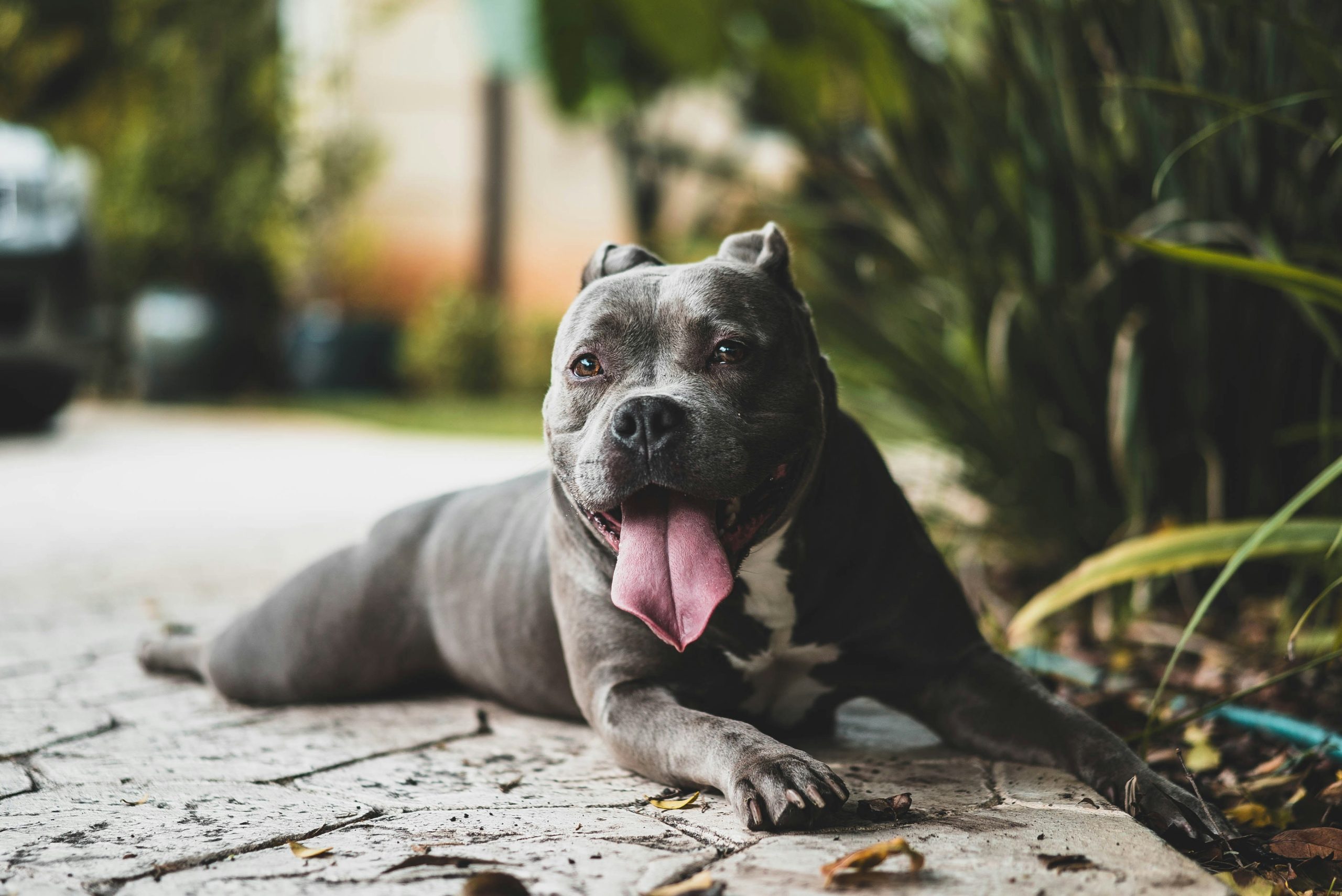Protecting Your Pets Paws: The Hidden Dangers of Hot Pavement
Learn how hot pavement can harm your pets paws and discover essential tips to protect them from burns and discomfort.
Introduction to Hot Pavement Risks for Pets
Hot pavement poses a significant risk to pets’ paw pads, potentially causing burns and discomfort that can lead to long-term damage. Even in mild weather conditions, the temperature of pavement can rise to levels that are unsafe for pets to walk on, emphasizing the importance of awareness and preventive measures [2]. Protecting pets from the dangers of hot pavement is crucial for their overall health and well-being.
Hot pavement can reach temperatures that are much higher than the surrounding air temperature. For instance, asphalt temperatures can soar to 125-143 degrees Fahrenheit even when the air temperature is between 77-87 degrees Fahrenheit. To put this into perspective, asphalt at 131 degrees Fahrenheit can fry an egg in just 5 minutes and cause human skin destruction in only 60 seconds. This extreme heat can cause severe burns to pets’ paw pads within seconds of contact, highlighting the urgent need for pet owners to be vigilant when taking their furry companions for walks on pavements on hot days.
Furthermore, the seven-second rule is a simple yet effective method for pet owners to determine if the pavement is too hot for their pets. By touching the pavement with the back of their hand, if they cannot hold it for more than seven seconds, it is too hot for their pets to walk on. This rule serves as a practical guideline for pet owners to ensure the safety and well-being of their furry friends when venturing outdoors, especially during warmer weather.
How Hot Pavement Affects Pets
When the temperature rises, pavement can become a scorching surface that poses a serious threat to our furry friends. For instance, on a relatively mild day with an air temperature of 77-87 degrees Fahrenheit, the pavement can reach a staggering 125-143 degrees, causing instant burns to sensitive paw pads. The asphalt’s ability to fry an egg in just 5 minutes at 131 degrees Fahrenheit reflects the potential harm it can inflict on pets’ paws within seconds of contact.
Moreover, the danger of hot pavement is not limited to extreme temperatures; even on cooler days, the asphalt can quickly become a hazard. The seven-second rule, a simple test recommended by experts, involves touching the pavement with the back of your hand. If you can’t hold your hand on the pavement for more than 7 seconds, it’s too hot for pets to walk on. This demonstrates that pet owners need to be vigilant and proactive in protecting their pets from the hidden dangers of seemingly harmless pavement, as it can lead to severe burns and discomfort.
Signs of Heat Stress and Heatstroke in Pets
Recognizing the signs of heat stress in pets is vital for pet owners to protect their furry companions from potential dangers. For instance, if a dog is limping or showing reluctance to walk during hot weather, it could be a clear indicator of heat stress. In addition, the necessity for veterinary care due to burned paws or overheating should not be overlooked, as these symptoms can quickly escalate into severe health concerns, including heatstroke.
Heatstroke, a life-threatening condition, can have devastating effects on pets exposed to hot pavement for extended periods. Apart from the visible signs like excessive panting and drooling, heatstroke can progress rapidly to cause organ damage and seizures in dogs. Thus, understanding these warning signs and taking prompt action is paramount in safeguarding pets from the detrimental effects of heat stress and heatstroke, ultimately ensuring their safety and well-being.
Preventive Measures for Protecting Pets from Hot Pavement
To further safeguard pets from the dangers of hot pavement, it is advisable for pet owners to consider additional protective gear such as dog shoes or boots. These accessories act as a barrier between the hot surface and the sensitive paw pads, reducing the risk of burns and blisters. For instance, brands like Ruffwear offer durable dog booties that provide protection and comfort for pets during walks on hot asphalt or pavement.
Additionally, pet owners can employ cooling methods to alleviate any discomfort or overheating experienced by their pets after walking on hot surfaces. Applying paw balm or wax before walks can create a protective layer on the paw pads, shielding them from the intense heat of the pavement. Moreover, providing a cool resting area and gently cooling down pets’ paws with water post-walk can aid in preventing any heat-related issues and promote recovery from potential burns.
Cooling Methods for Pets on Hot Pavement
When it comes to cooling methods for pets on hot pavement, there are various strategies that pet owners can implement to ensure the well-being of their furry companions. One effective way to protect pets from the scorching heat of pavement is by applying paw balm or wax before heading out for a walk. These products form a protective layer on the paw pads, reducing the direct contact between the hot surface and the pet’s delicate skin, thus preventing burns and discomfort.
Moreover, the use of dog boots or booties can offer an additional layer of defense against the hot pavement. These protective accessories act as a barrier between the pavement and the pet’s paws, shielding them from the intense heat and potential injuries. For example, brands like Ruffwear provide durable dog booties that are specifically designed to withstand various terrains, including hot pavement, ensuring the safety and comfort of pets during outdoor activities. By equipping pets with these protective gear, pet owners can significantly minimize the risk of paw burns and other heat-related issues while allowing their pets to enjoy their daily walks or playtime.
Furthermore, apart from preventive measures, cooling down pets’ paws after being exposed to hot pavement is crucial in maintaining their well-being. Providing a cool water bath for their paws or using damp towels to soothe and lower the temperature of the paw pads can help prevent overheating and alleviate any discomfort caused by the heat. Additionally, offering a comfortable resting area with access to shade and plenty of water post-walk can aid in keeping pets cool and hydrated, reducing the chances of heat stress or exhaustion. By incorporating these cooling methods into their routine, pet owners can ensure their pets stay safe and comfortable even in challenging weather conditions.
Importance of Acclimating Dog Paws to Hot Weather
Acclimating dog paws to hot weather is a vital step in safeguarding pets from the dangers of hot pavement. By gradually exposing pets to warmer temperatures, their paw pads can toughen up, developing a protective layer that reduces the risk of burns and blisters. For example, taking shorter walks during the cooler parts of the day allows the dog’s paw pads to adjust to the rising temperatures, making them more resilient to the heat. This gradual acclimation process is akin to toughening up the skin on human hands when exposed to repetitive friction or heat, creating a natural defense mechanism against potential injuries.
Moreover, aside from acclimating pets to hot weather, pet owners should also prioritize regular paw maintenance. This includes trimming the nails to the appropriate length and inspecting the pads for any cuts, scrapes, or signs of wear. By keeping the paw pads healthy and well-maintained, pets are better equipped to handle different walking surfaces, including hot pavement, without experiencing discomfort or injuries. Just like how individuals take care of their feet by wearing appropriate footwear and maintaining good hygiene, pets also require proper paw care to ensure their well-being and comfort.
Conclusion on Pet Safety and Hot Pavement Awareness
Understanding the risks associated with hot pavement is crucial for pet owners to protect their beloved animals from potential harm. By being aware of the dangers of hot surfaces, such as pavement reaching temperatures that can cause burns within seconds, pet owners can take proactive measures to keep their pets safe. For instance, considering the seven-second rule to test pavement temperature before walks can prevent paw burns and discomfort for pets.
Implementing proactive strategies involves not only recognizing the signs of heat stress and heatstroke in pets but also taking preventive actions to mitigate these risks. For example, knowing the symptoms of heat stress, such as excessive panting and nausea, can prompt pet owners to provide immediate relief by cooling their pets down with water or finding shade. Moreover, avoiding walking pets on hot pavement during the hottest times of the day can significantly reduce the likelihood of paw injuries and heat-related health issues. By staying informed and actively safeguarding their pets from the dangers of hot pavement, owners can ensure their furry friends enjoy safe and comfortable outdoor experiences.



